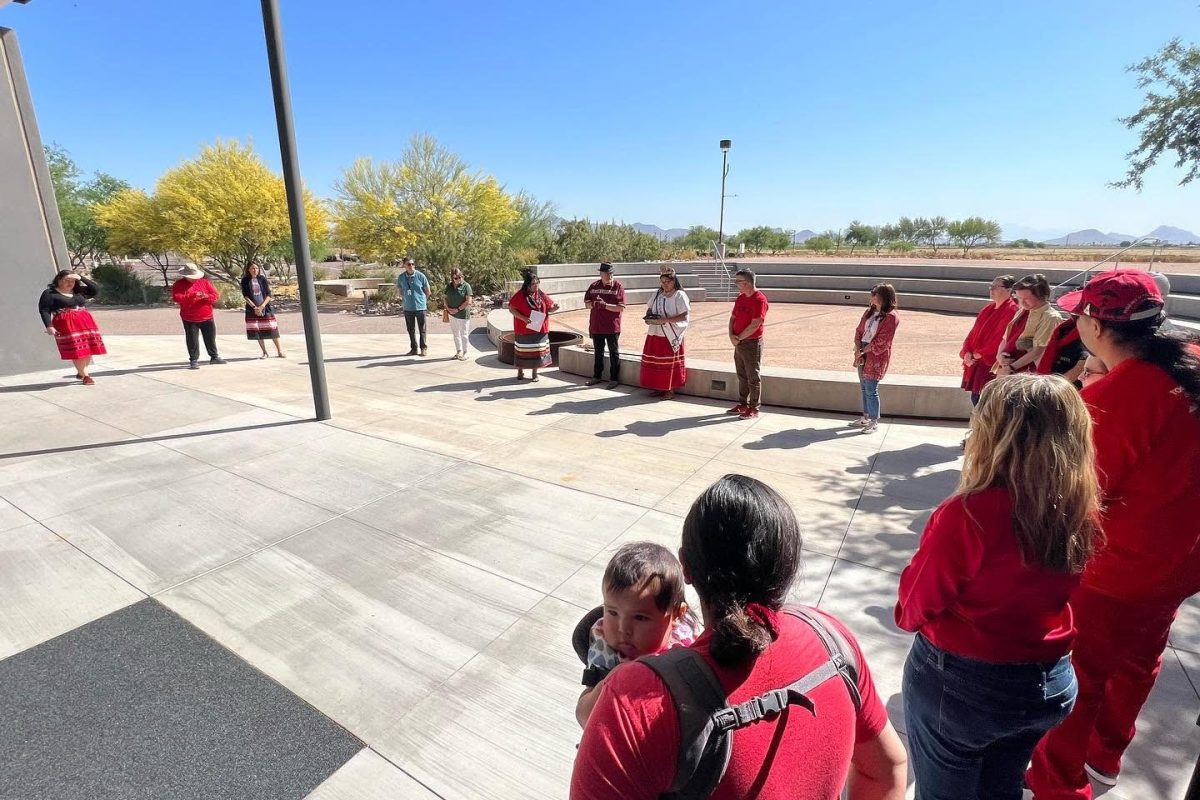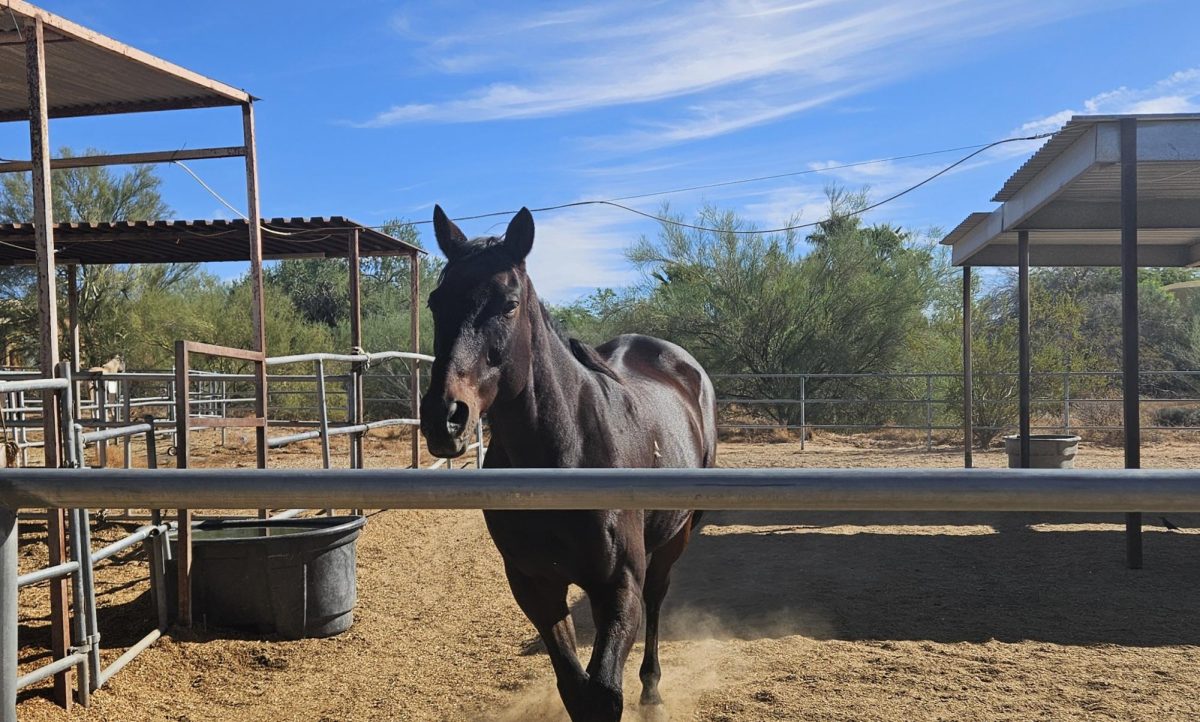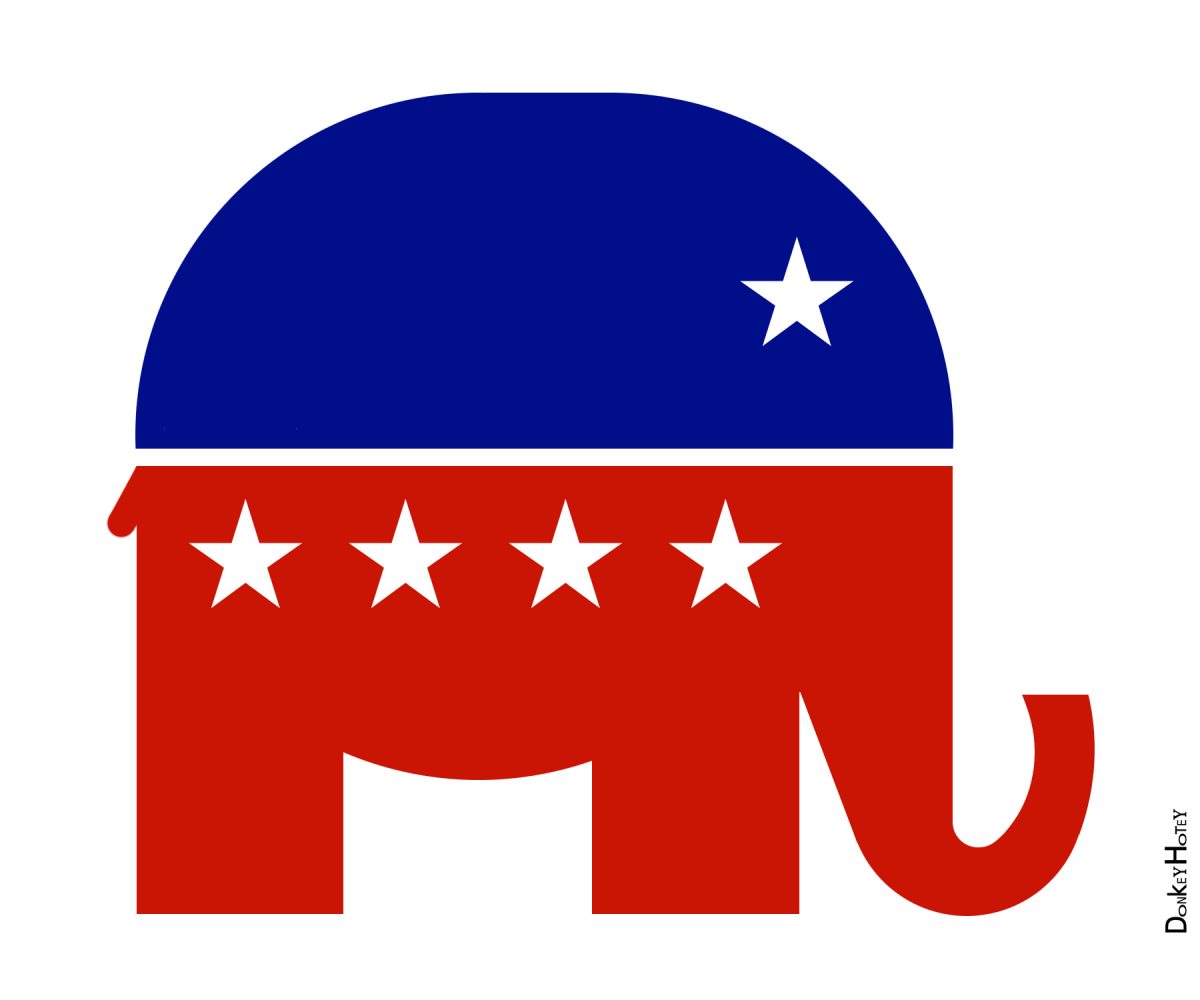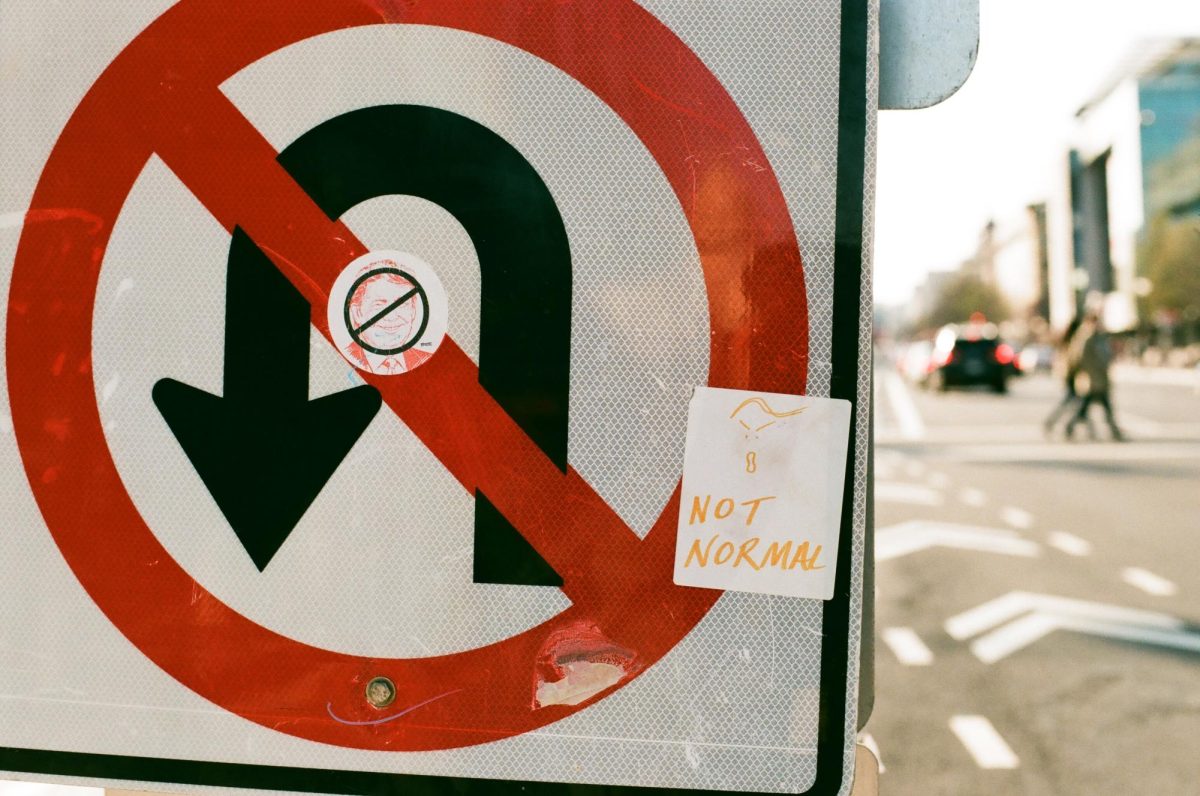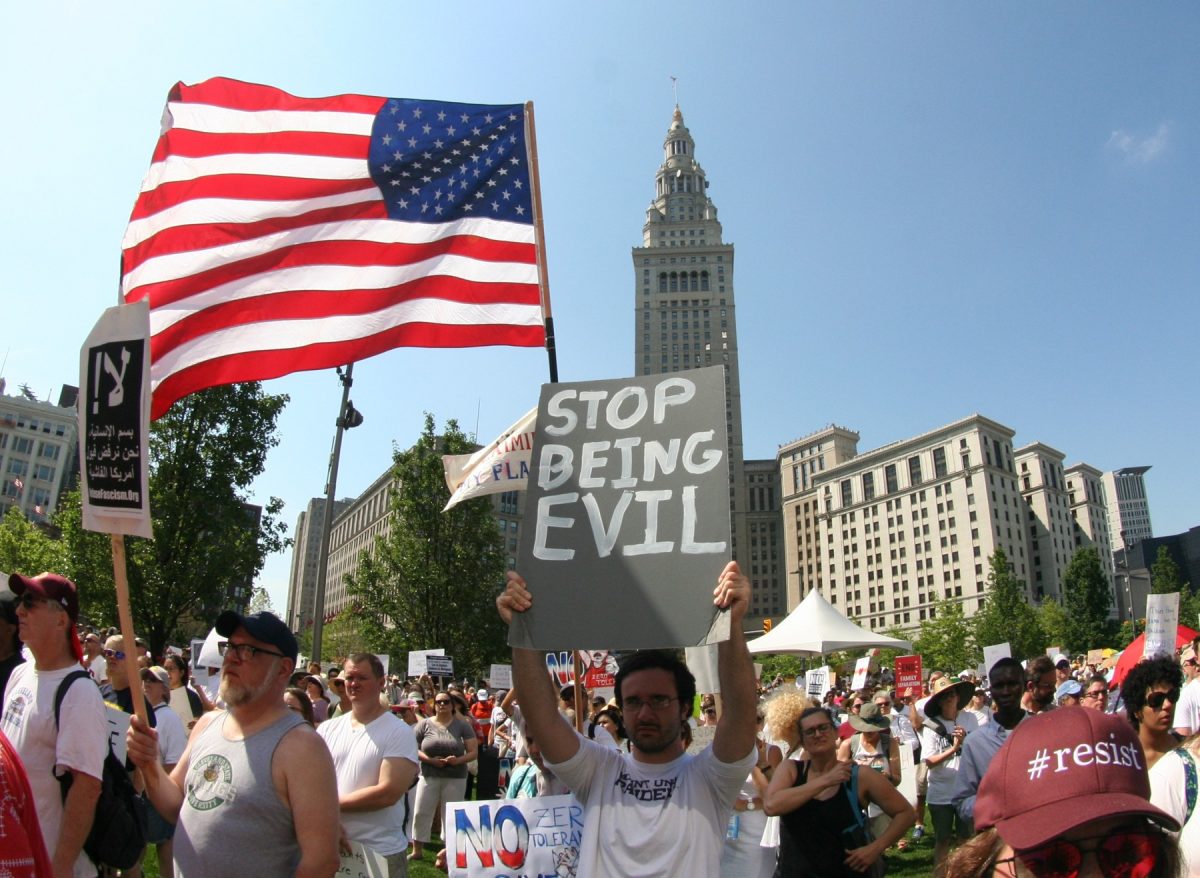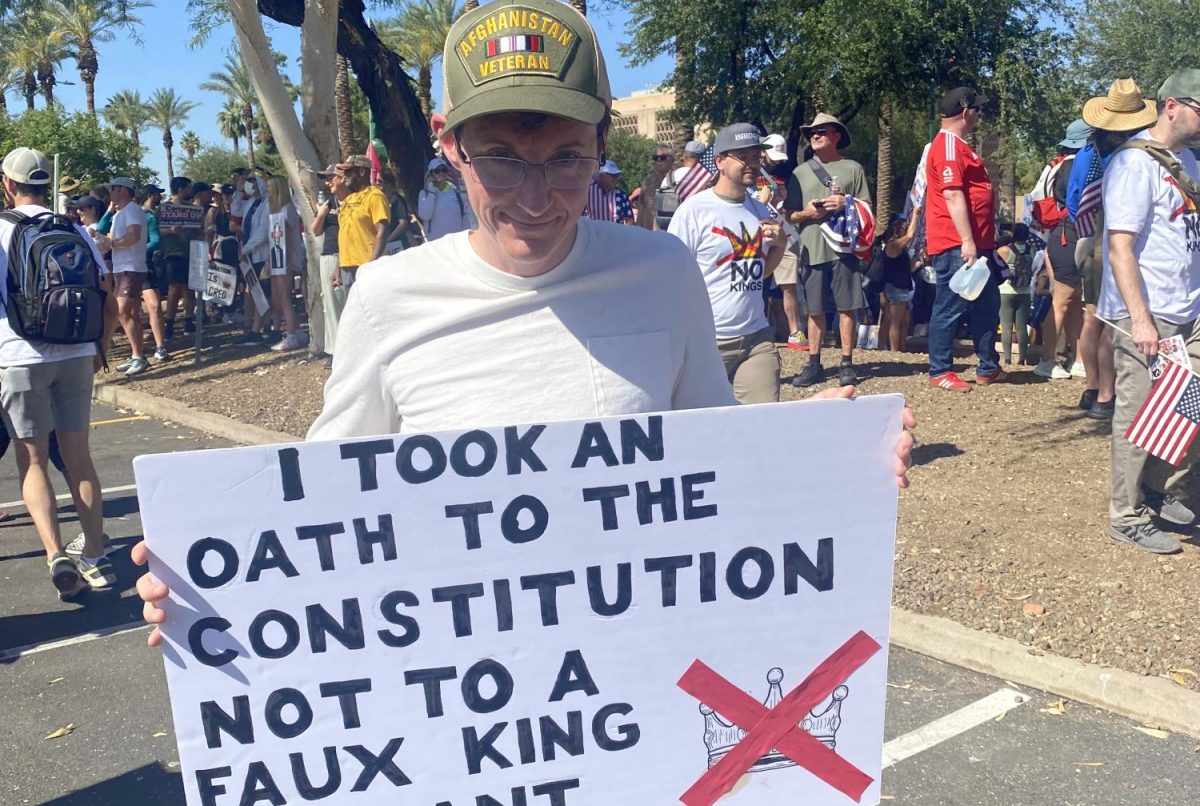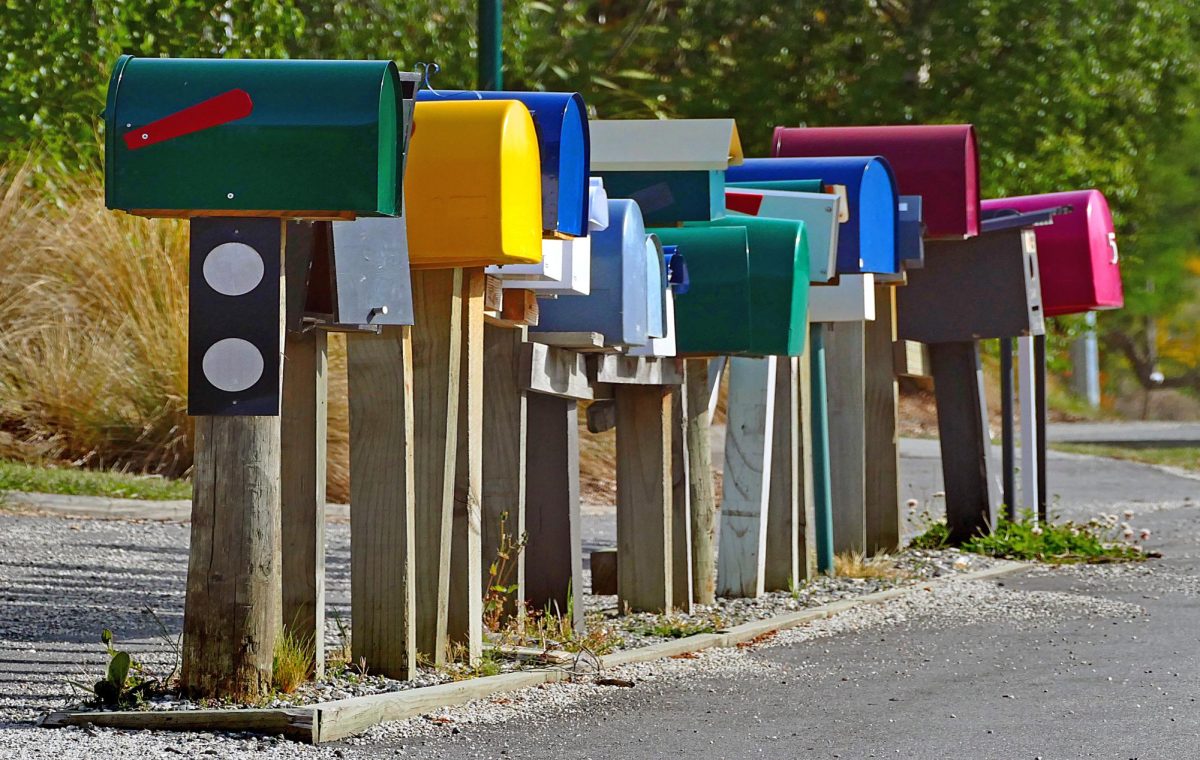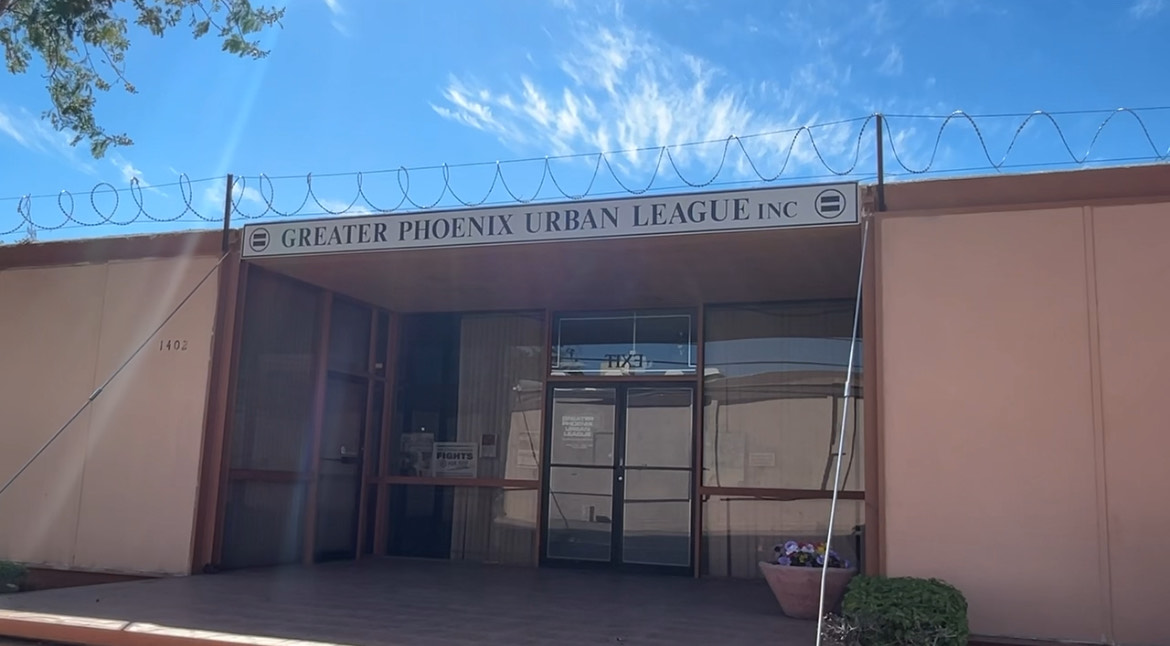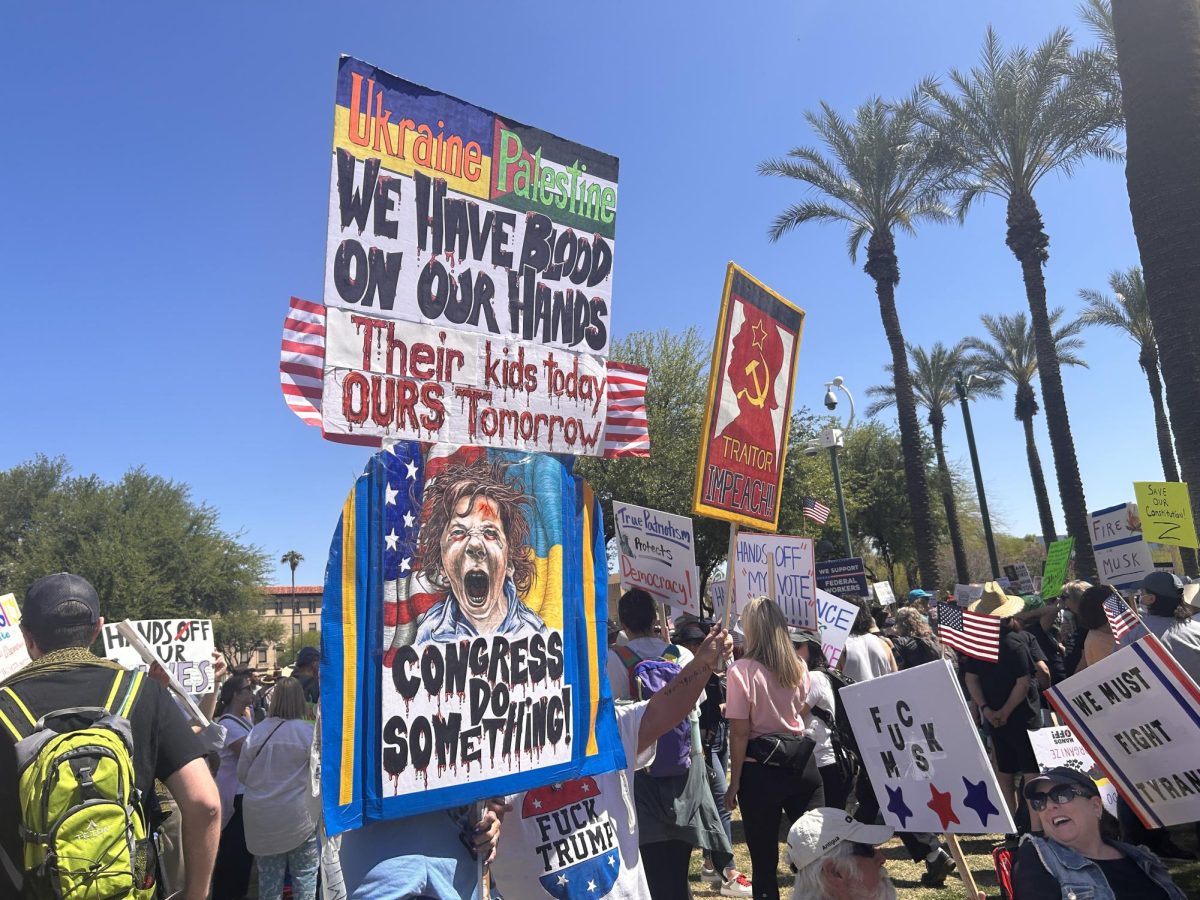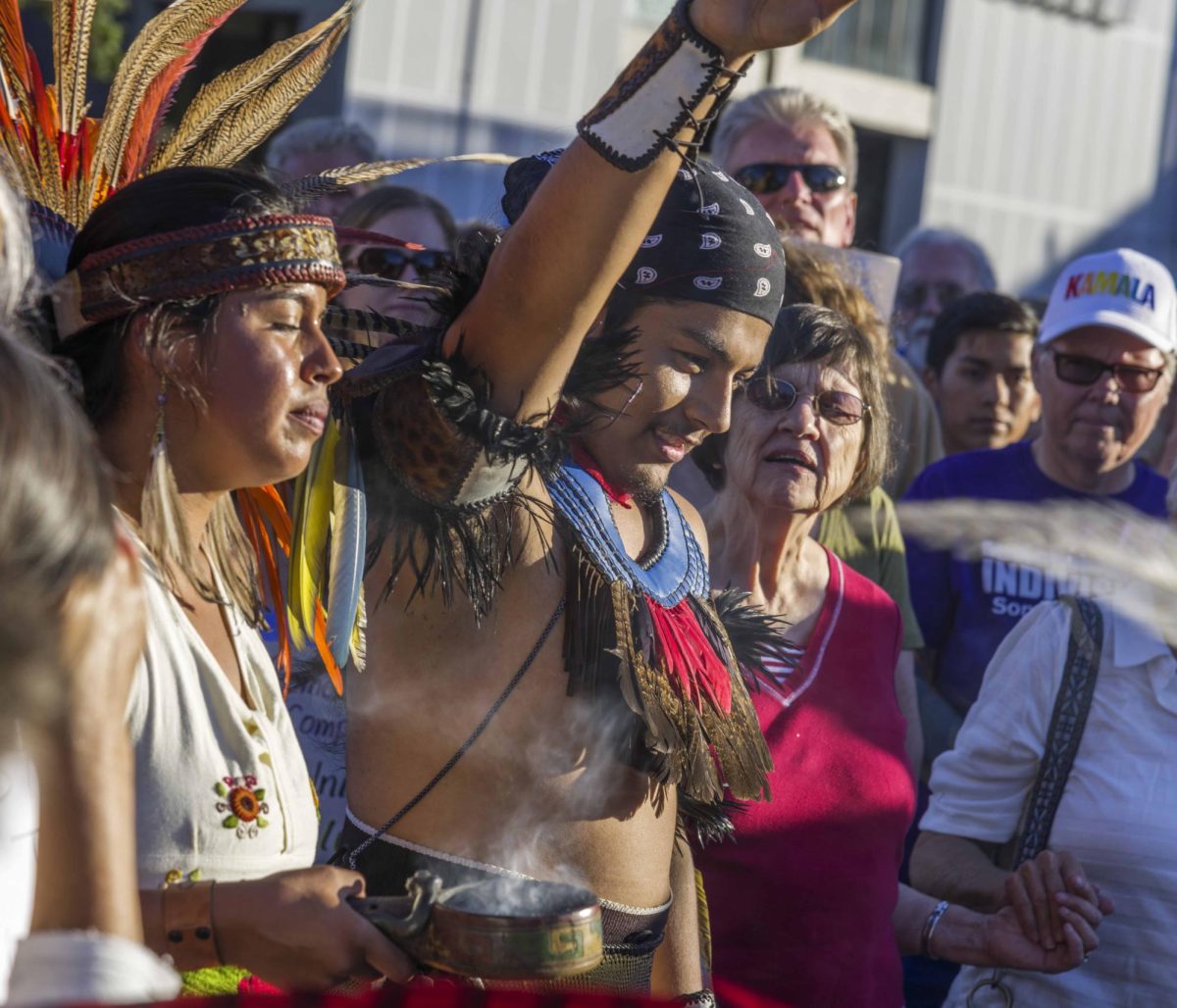An epidemic of violence and heartache haunts Indigenous peoples across America.
Every year, thousands of Indigenous women are reported missing or murdered in the United States, with a higher than average amount of these cases going unsolved. The numbers are clear, numerous studies have found that despite being one of the smallest population groups in the country, Native Americans make up a significant portion of missing and murdered cases.
In what has become a global movement, thousands of Indigenous peoples across the nation have banded together to voice their frustrations, and millions more from around the world have offered words of support for their plight. Their symbol, a red hand across the mouth, represents decades of apathy from law officials on what many see as a purposeful lack of effort to help Native communities.
A 2016 study found that of the roughly 647,000 reported missing in the United States, 5,712 of them were Native American. That number is just shy of 1% of total missing people. This is disturbing when you realize that Native Americans make up just 2% of the country’s total population, and even more so when taking into account that a large majority of these missing Indigenous cases were reported on tribal land. Roughly only 22% of Native Americans actually live on tribal land, this makes the proportions of violence towards Indigenous groups even more staggering.
Many reasons have been cited for causing this crisis and in response many organizations have sprung up in hopes of bringing awareness. One of the larger groups is called Native Hope, a non-profit dedicated to “healing the historic wounds” of Indigenous people in America.
Native Hope stresses the awareness factor, many of these missing Indigenous stories aren’t told until long after they’ve been gone. The organization shares a sentiment with many others that one of the reasons for a lack of awareness is the systematic oppression brought on by a long history of unfair and cruel policy towards Native Americans. An example of this is the Indian Relocation Act of 1956, which the group claims led to a severe disconnect and loss of community within Indigenous groups.
“There are numerous reasons(for missing Indigenous cases), but at the forefront lie issues stemming from the Indian Relocation Act and federal policies. Many Native Americans do not live on the tribal lands or reservations (only 22%) and many frequent a lifestyle of transience between tribal and state lands. This presents a variety of crucial issues involving reporting policies, jurisdictional complications, and communication and coordination problems between agencies” a snippet of Native Hopes mission statement reads.
Additional studies from the United States Bureau of Indian Affairs (BIA) found that Native Americans experience violence on an extremely large scale, ranging from sexual assault to human trafficking.
“A 2016 study by the National Institute of Justice (NIJ) found that more than four in five American Indian and Alaska Native women (84.3 percent) have experienced violence in their lifetime, including 56.1 percent who have experienced sexual violence” states a report from the BIA.
This same report goes on to highlight the apparent surge in human trafficking hitting Native Communities as well. A survey was conducted that involved all Tribal law enforcement agencies in the country, the results found that a staggering amount of these agencies reported conducting human trafficking investigations recently.
Northeast Valley News spoke with Ana Cuddington, American Indian Program Director at Scottsdale Community College, regarding the movement. Cuddington offered personal insight on the struggle for justice Indigenous communities face.
“The same effort should be done with all ethnicities, I don’t mean this disrespectfully but it can’t be just a caucasian woman. It’s not fair we say to our girls that you are not as important as this other girl” Cuddington said.
Cuddington explained a sentiment shared by many that there is a seemingly racial bias from law enforcement towards Indigenous communities.
Ana Cuddington also offered some additional insight on how it came to be that Native women became such an at risk group.
One of many explanations, and one Cuddington stressed to us, is the concept of “man camps’. This is a term coined for the large makeshift towns that are built around long term work sites, like the many oil rig sites located on Tribal Lands across the country. These pop up towns are built to accommodate workers who are stationed at these remote locations.
Cuddington explained that these camps are often hot spots for criminal activity like drug and human trafficking.
“They call it a man-camp, what happens in those areas, where you have oil rigs, they try to get people to work there so they create almost like a little city where these people will stay. Well they bring a lot of things with them, drugs come through there, trafficking comes there, all these things come through there” Cuddington said.
When these “man camps” are built on Tribal Lands, many feel that those engaging in illegal activities there are able to do so without a proper eye keeping watch.
A recent dissertation written by Justin E. Brooks at the Vanderbilt Journal of Transnational Law referenced these mancamps and even cited a set of incidents revolving around a specific man camp in North Dakota.
“These “man camps” are typically comprised of non-Indigenous workers with only a transitory relationship to the Indigenous land they have come to live on. Violent crimes against Indigenous Peoples—particularly sexual crimes—increase around these man camps.For example, the man camps around the Bakken oil fields in North Dakota have fueled a wave of murders, rapes, and human trafficking. In British Columbia, Canada, extractive industries have been linked to an increase in violence against women.” Brooks said.
Brooks cited the Bakken oil fields man camps, which a few years ago was the center of a nationally sensualized series of murders and crimes.
These areas are often very remote, which means local law enforcement are stretched thin as is.
In our continued interview, Cuddington also explained that federal involvement on Tribal Lands can be tricky. She claims that organizations like the FBI do not put anywhere near the amount of proper resources into solving crimes that take place in these areas.
“They know these man camps come, what happens in a lot of these areas is you can’t be tried on tribal land, so these men get away with hurting women and men on tribal land. Because it becomes a federal case then, it becomes federal and the FBI chooses not to work on these cases” Cuddington said.
A lack of federal involvement and old wounds caused by them that still deeply hurt Indigenous groups. When asked what she thinks needs to be done to truly end this crisis, Cuddington pointed towards federal accountability.
“The thing is really for the FBI, to make them more accountable. The search is just as important for everyone. They need to do the work needed to help in these areas”


